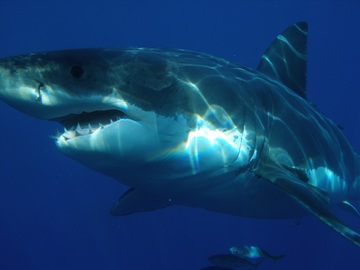Basking Shark vs Great White Shark: Who Wins And Comparative Analysis
Atrayee
Basking Shark vs Great White Shark: Who Wins And Comparative Analysis
Both basking sharks and great white sharks are massive creatures with distinct characteristics. There are, however, significant differences between the two species, including size, appearance, nutrition, and lifespan. In addition, one is bulkier and a filter feeder, and the other is smaller yet voracious.










